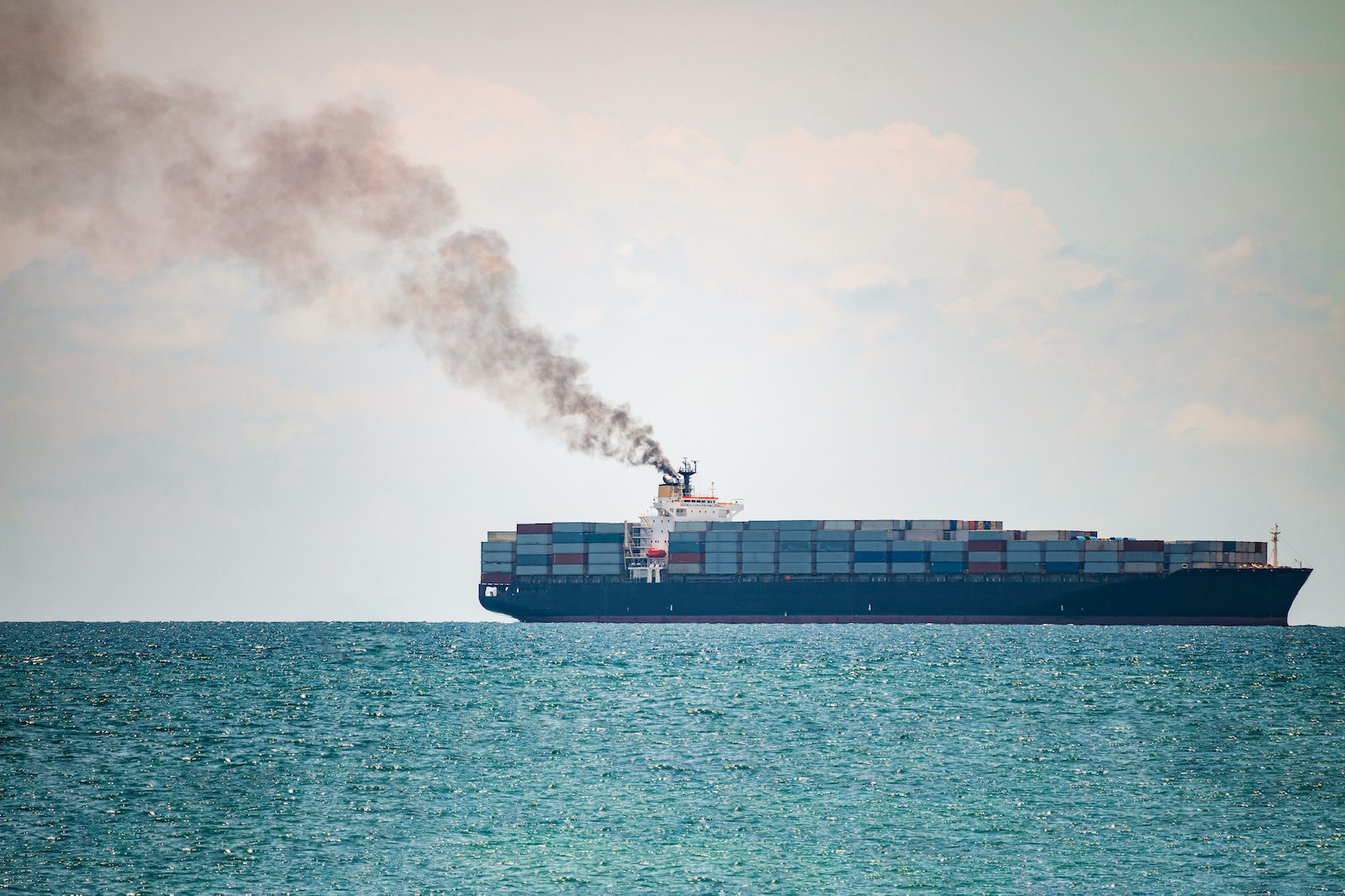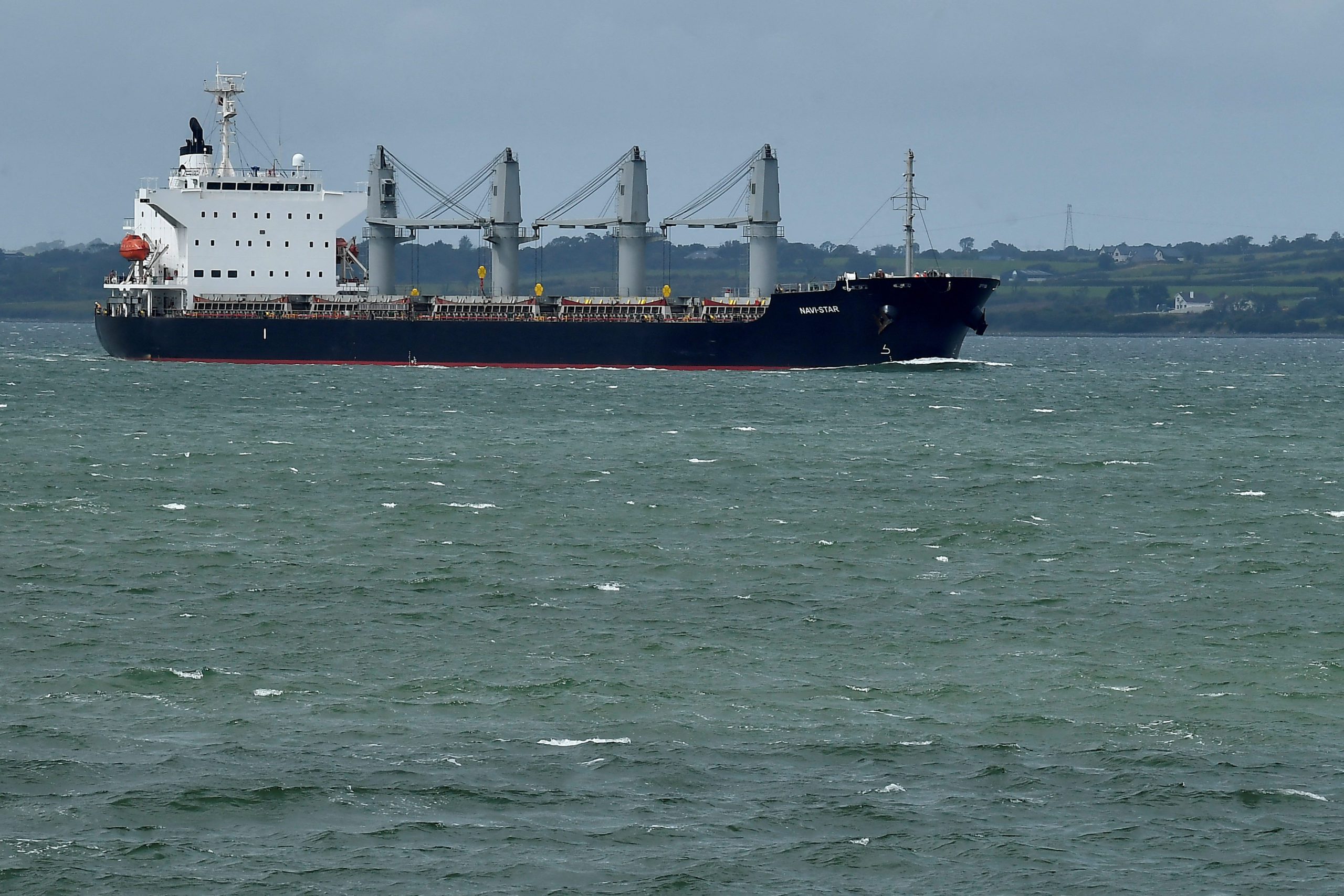Starting on January 1st, all ships will be required to calculate their carbon intensity to help measure and report on their environmental efficiency.
Known as the Energy Efficiency Existing Ship Index (EEXI) and Carbon Intensity Indicator (CII), the new reporting mandates will be required under amendments adopted to the International Convention for the Prevention of Pollution from Ships (MARPOL) Annex VI that entered into force on 1 November 2022.
The mandates, which were developed under the International Maritime Organization’s (IMO) initial strategy to reduce greenhouse gas emissions from ships, are meant to act as a stimulus for ships to reduce their carbon intensity by 40% by 2030, compared to 2008 levels. Carbon intensity, in this case, links ship’s GHG emissions to the amount of cargo carried over distance travelled.
Energy Efficiency Existing Ship Index (EEXI)
Attained EEXI is a ship’s energy efficiency compared to a baseline.
“Ships attained EEXI will then be compared to a required Energy Efficiency Existing Ship Index based on an applicable reduction factor expressed as a percentage relative to the Energy Efficiency Design Index (EEDI) baseline. It must be calculated for ships of 400 gt and above, in accordance with the different values set for ship types and size categories. The calculated attained EEXI value for each individual ship must be below the required EEXI, to ensure the ship meets a minimum energy efficiency standard,” the IMO explains in a FAQ.
Carbon Intensity Indicator (CII) Rating
According to the IMO: “The CII determines the annual reduction factor needed to ensure continuous improvement of a ship’s operational carbon intensity within a specific rating level. The actual annual operational CII achieved must be documented and verified against the required annual operational CII. This enables the operational carbon intensity rating to be determined.”
Using the CII, a ship’s carbon intensity will be rated on a scale from A (the best) to E (the worst). “The rating indicates a major superior, minor superior, moderate, minor inferior, or inferior performance level. The performance level will be recorded in a “Statement of Compliance” to be further elaborated in the ship’s Ship Energy Efficiency Management Plan (SEEMP),” according to the IMO.
Ship’s with a bad CII rating (D or E) could be required to take corrective action, such as hull cleaning to reduce drag; optimizing speed and routing; use of low energy lighting; and solar/wind auxiliary power for accommodation. Of course, ship’s can also run on alternative low-carbon fuel. Administrations, port authorities and other stakeholders are also encouraged to provide incentives to ships rated as A or B.
The requirements for EEXI and CII certification come into effect on January 1, 2023, meaning that the first annual reporting will be completed in 2023, with initial ratings given in 2024. While EEXI generally applies to each ship of 400 gross tonnage and above, CII applies to ships 5,000 gross tonnage and above.
If you’re confused, you’re not alone.
Echoing industry concerns, dry bulk trade association Intercargo has raised one potential pitfall of the CII rating formula, pointing out that routings and waiting times, which are often outside the control of the shipowner, could impact the CII rating. The argument is that a ship on longer voyages with full utilization puts out the most absolute carbon, but will score better (meaning a lower CII) than the same ship employed on shorter trips, or with greater port and waiting times. INTERTANKO, a trade organization representing independent tanker owners, has come to a similar conclusion.
To help address the commercial complexities of the CII regulation, BIMCO in November published its CII Operations Clause for Time Charter Parties, and acknowledges that many stakeholders are still struggling to interpret the complexities of the CII regulation.
“We have received constructive comments, both positive and negative, from many of our members. This insight is invaluable for already published clauses and the development of future clauses. We will continue to seek solutions to help our members operate commercially in a complex regulatory environment,” says David Loosley, BIMCO’s Secretary General & CEO.
For more information on EEXI and CII, check out the IMO’s Frequently Asked Questions.

 Join The Club
Join The Club











